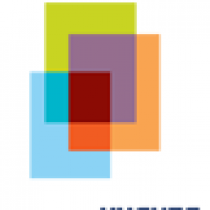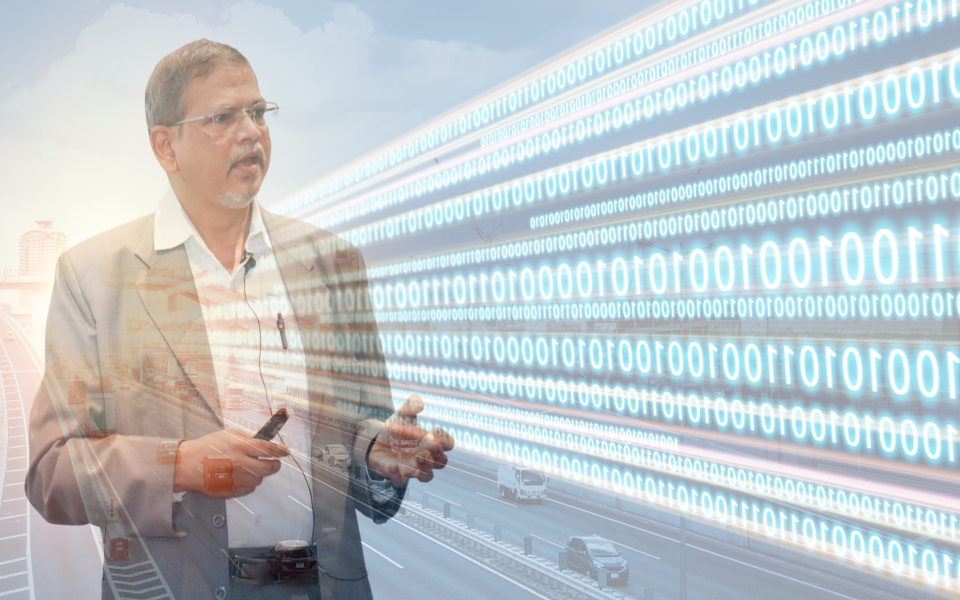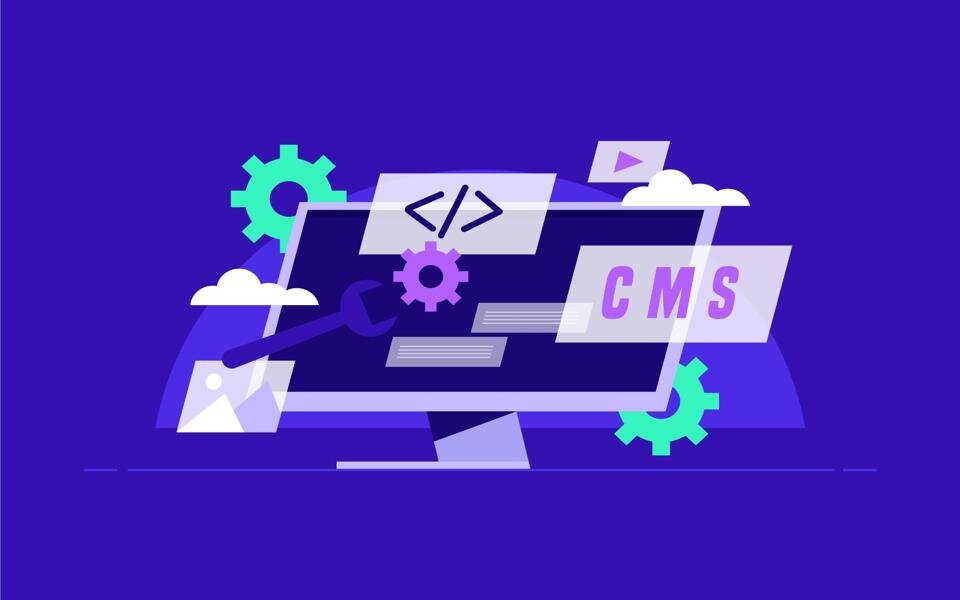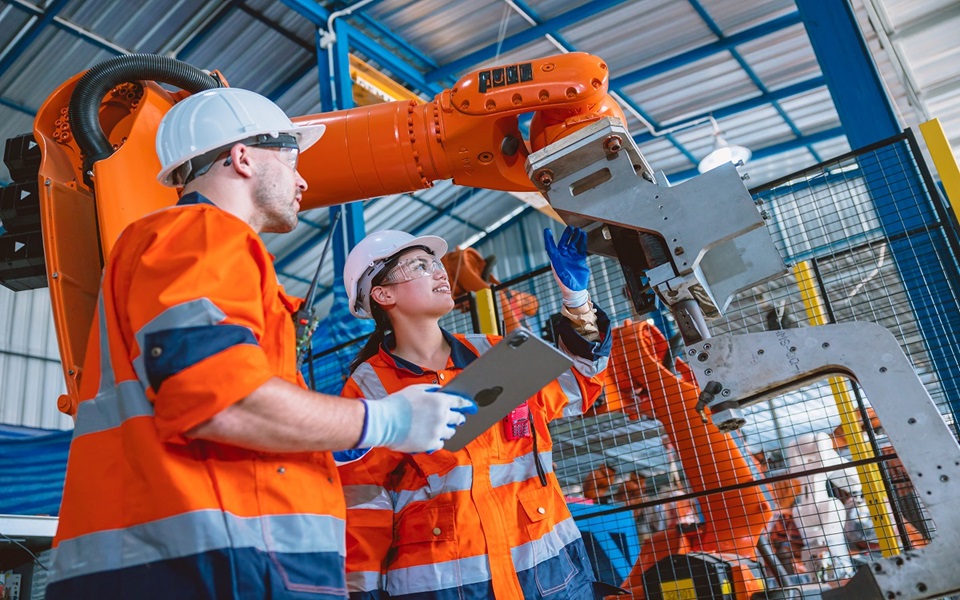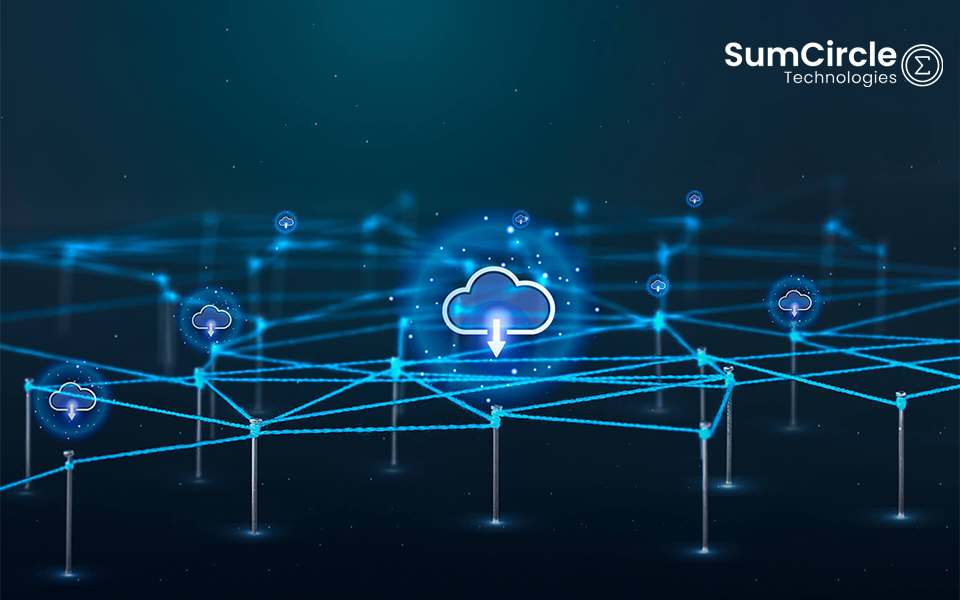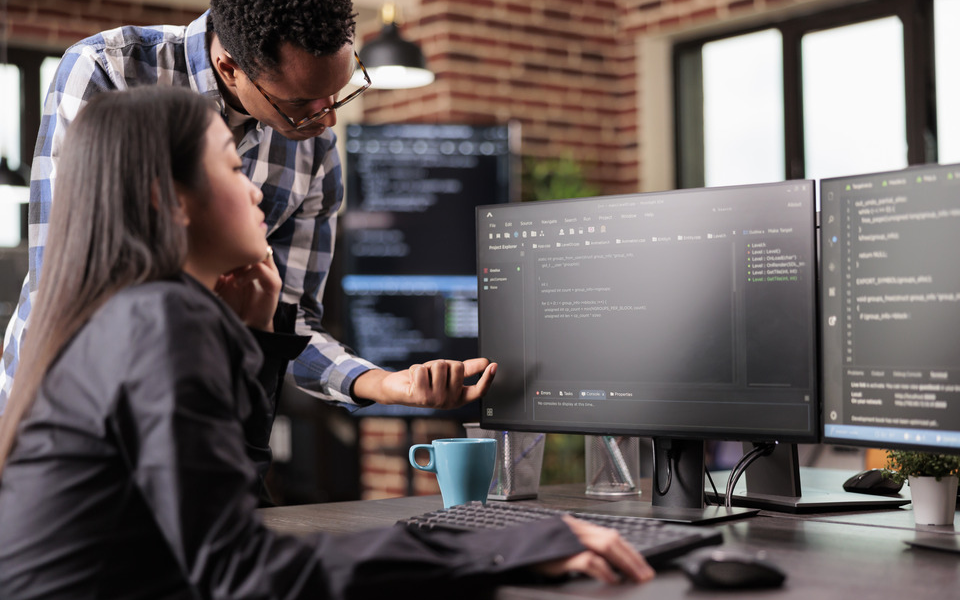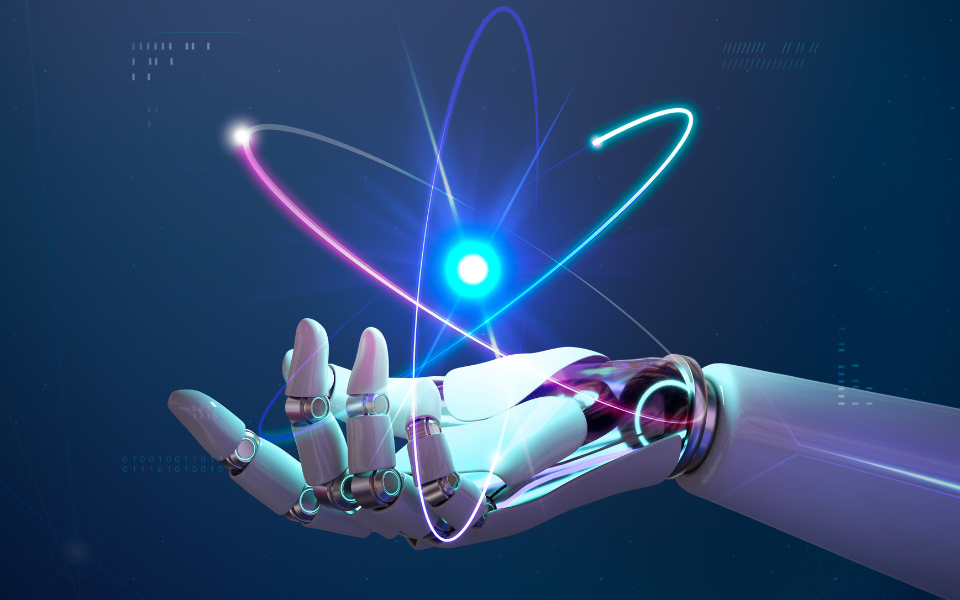The ongoing pandemic has indeed accelerated the demand for certain technologies/trends that will either help various industries in maintaining the “new” standard operating procedures at the workplace or transforming the way business is done in order to generate new sources of revenues
Let us pick up some industries and evaluate how the pandemic has made way for certain technologies/trends:
Retail:
Although e-commerce has witnessed a surge during this time, Brick and Mortar (which still accounts a majority share of the customers’ wallet) had to face the heat. With stores now slowly starting to open, the focus will be on technologies like
Video camera/sensor-based analytics:
- Capacity Management solutions to manage the occupancy levels in real-time at the stores
Retailers can utilize footfall counting that uses either sensors or video-based systems which eliminates the need of any staff in doing so and help to get a real-time count of the customers present in the store
- Queue Management solutions to minimize the time that customers spend at checkout.
Counting the average time spent in queues and increasing the efficiency of the check-out process, will not only help contain the occupancy but also improve customer satisfaction and prevent missed opportunities for the retail
- COVID safety solutions to monitor and maintain the regulatory compliances related to social distancing and mask-wearing inside the store
Solutions that make use of the existing camera or wi-fi infrastructure of the retail store can keep a check on whether the said regulations are being maintained at their premises or not. In case of any violation, the solutions automatically alert the administration in real-time.
Real-time heatmaps provide details of the densely populated zones inside the store and help retailers to manage the staff more effectively.
Robotics:
- Encouraging to make contact-less deliveries a reality
No matter how careful a business tries to be, in-person deliveries are not virus-proof. Many businesses have, therefore, started investing in contact-less delivery services where drones are used to pick up and drop off goods at a designated location instead of from or into the hands of a person.
In the end, with retailers focusing on investing in newer technologies in order to tackle the pandemic, they will also seek to reap benefits from these technologies so that they can monetize their businesses while maintaining a safer environment for the customers
Hospitality
One of the most badly hit sectors due to COVID-19, hospitality players are constantly fighting to make their way back in the tough times. For them, the focus will be on:
Digital/Mobile technologies
Hotels need to review their existing service offerings to adapt to the “new normal”. They need to make the guests journey a touch-free experience by reducing all the physical touchpoints while they are at the property
The hotels can simply automate the system which underlines self-driven processes that enable web and mobile-based check-ins, check-outs, and other services via mobile devices with little or no contact with hotel staff. This enables the guests to control their journey themselves through their own mobile devices, where they can make use of digital keys right from doing all the check-in formalities to accessing the rooms or elevators during the stay
Contact-less payments
Another aspect of the contactless journey is avoiding contact during payment stages where guests shall be able to use their mobile devices to pay remotely on web-based applications, via a mobile-based payment method (Apple Pay, Google Pay, etc.)
Social Distancing Monitoring Solution
One of the primary needs of current times is to comply with different regulatory requirements for social distancing and provide a safer environment to guests and staff at the property.
To manage the crowd inside the premises and make sure social distancing is being followed, different solutions can leverage the existing technologies such as wi-fi or camera infrastructure. Such solutions automatically monitor the occupancy and social distancing compliance in different zones and keep the hotel staff/guests informed about the safe zones and the zones to avoid.
Real-time Communication Solutions
Real-time communication systems form a key need of hoteliers to be in touch with the guests who are at the property and gain their trust back by supplying important information to guests whenever required.
Solutions such as wi-fi based proximity messaging not only leverages the existing infrastructure but enable the hotels to provide automated and contextual alerts/information to guests based on their location in the premise. In addition, these solutions help the staff to manage the occupancy and social distancing inside any area of the hotel (Lobby, reception etc.)
Cloud-enabled Technologies
- To have a flexible and scalable infrastructure in place
Flexibility allows innovation to happen at a shorter turnaround time. Cloud-enabled technologies provide just the same to businesses, especially to the likes of hospitality where all the contactless functionalities will be easily and rapidly applied to all the locations where a hotel function.
Yes, there have been losses to the industry but that does not write off the fact that people are eager to travel again. It is important to learn from every difficult situation, as well as see its bright side. It is noticeable that the hospitality sector is finally discovering new horizons for its development, and hoteliers are looking for creative approaches to conducting their businesses.
Education:
With educational institutes facing a temporary shutdown, it has affected more than 1 billion students globally. The focus will be on:
Online/Distance Learning
Although online learning had been around for quite some time, large-scale national efforts to utilize technology for remote learning, distance education, and online learning triggered by the COVID-19 pandemic situation are developing quickly.
The need for a learning management system has risen dramatically which provides institutions a platform to carry out all the operational needs, virtually. At this time of uncertainty and safety concerns, several of institutes have either started making use of LMS solutions or are in a process to get one.
Such measures will not only change the dynamics of the education sector but will also make remote learning extensive in the future.
Health and Fitness:
Gyms and several fitness centers have had to face shutdown and with technology around, the focus will shift towards:
OTT technology:
For many who still seek that group class experience, the fitness industry is leveraging the OTT technology to develop an online platform through applications for them and have turned the physical workout sessions to virtual wellness in the form of streaming live and pre-recorded classes. Those who are quick to make this technological transform have not only earned exiting customers’ satisfaction but have also seen a surge in new customers enrollments.
The trend has not just stopped here but has reached the next level with the introduction of artificial intelligence to bring more effectiveness to customers’ physical training by incorporating gamification during the workouts. Moreover, gamification has not just limited itself to fitness but to all the OTT platforms which see immense potential from an engagement point of view. In the world of digital advertising, OTT offers hyper-personalization like no other. It is for this reason that brands are increasingly collaborating with OTTs for its gamification features
Tele-Health:
As per many reports, demand for telehealth has already increased by 64% in the US alone this year. Many developing countries are also welcoming them. The need for social distancing among physicians and patients has driven an unprecedented demand for telehealth. Communication systems & networking technologies can help in setting synchronous or asynchronous session between the patient and the doctor. These virtual consultations and remote patient health monitoring will pave the way for mHealth and personal emergency response systems.
Blockchain
Imagine if there had been a blockchain network where the WHO, various governments, and national hospitals were connected and shared real-time information about any virus outbreak. Things would have been a lot more different today as they have been.
We may see the use of this technology in spreading the information about any communicable disease in the future and prevent it from being a pandemic.
Since blockchain has already proved its mettle in the supply chain industry, it could pick up great importance in the medical supply chain as well. It will prove to be useful in reviewing, recording, and tracking of demand, supplies, and logistics of epidemic prevention materials. Since it is available to be monitored by anyone, it will ensure that the doctors have the access to the equipment required without any tamper or contamination.
The pandemic again has made this industry to re-evaluate itself and transform towards a more agile when it comes to adopting newer technologies and trends
Supply Chain Management
There is no doubt about the fact as to how the pandemic has brought in an immense amount of disruptions into the global supply chain. With many factories coming to a complete shutdown to high demand for protective gears around the world, all have made the industry think towards:
IoT-powered fleet management technology, Asset tracking, wearable devices not only help logistics companies with large fleets manage their vehicles but also help improve supply-wide data transparency.
With COVID-19 resulting in un-precedented shifts and drastic changes in consumer preferences, the data provided by IoT devices will help supply chain businesses better understand the scale of the disruption and make more informed purchasing decisions.

COVID-19 has pushed the industries to manage, adapt, and respond to the uncertainty and risk associated with this global health incident. Managing the guests’/customers’ & employees’ safety and delivering as per the expectations will not be considered a competitive advantage, but rather an industry imperative.





